This past week has been rather spectacular. I assisted the Ministry of Health with their quarterly Antiretroviral Therapy (ART) Supervision visits. I paired up with two other individuals, Dr. Cheang – a doctor from Cambodia serving as a United Nations Volunteer and Janet, a Malawian working within the Ministry of Health.

(one of the nurses at Bilira Health Center)
Over the course of the week, we visited ten health facilities (I could only get away for one week, but supervision itself is a massive undertaking, comprised of several teams who remain in the field for approximately 4 weeks). Granted, as Malawi continues to scale-up ART services; quarterly supervision visits may not be sustainable.

(The hills of Ntcheu – notice the trees that these women are carrying – the amount of weight they place on their heads is incredible)
For example, between December 2004 and September 2008, the number of patients ever started on ART grew from 13,183 (at 24 sites) to 179,505 (at 214 sites) respectively. The current paper-based system is becoming increasingly burdensome and prone to errors (which is being documented during supervision visits); and the amount of time (and money) to conduct supervision is also becoming increasingly burdensome and unmanageable.
This only highlights the necessity of moving towards Electronic Data Systems for managing patients on ARTs. By capturing more timely, accurate and protocol-driven data, the innovative touch-screen systems will not only support ART program management needs of the Ministry of Health, but also improve the overall quality of patient care.

(I found this girl to be beautiful…)
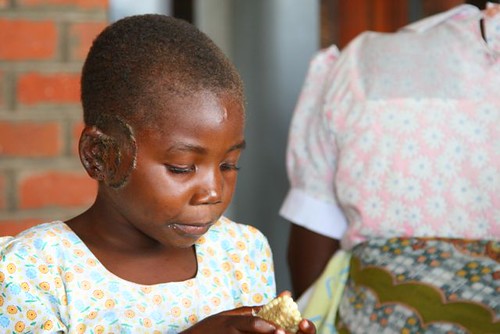
(When she turned her head, I noticed this horrible skin disease)
Just to give you a sense of the magnitude of supervision (and what it entails), each visit lasts approximately a half a day in which a drug stock-level assessment is carried out, followed by a monitoring and evaluation exercise in which data on ART parameters are collected from patient master cards and the ARV Register. Much effort is made to ensure that outcomes (particularly death and defaulters) are reported correctly.
Finally, a review of the HTC (HIV Testing and Counseling) Registers is also conducted.

(A little girl in the waiting room at Bilira)
Ultimately, this process provides the Ministry of Health’s HIV/AIDS Unit with verified data on the number of new patients started on ART in that quarter, the number of cumulative patients that have ever started ART, the number of patients still alive on ART, the number of defaulters, the number of deaths, and the number of patients who have stopped treatment.

(The hospital at Kasinje – there are 6 metal beds to a room, although most patients and their relatives stay on the floor)
Data are also collected on treatment regimens (e.g., First line regimen, first line alternative regimen, and second line regimen). This information provides an early warning indicator of drug resistance.
I had an interesting discussion with one of the nurses who explained that they’re having a real problem with defaulters among persons working in the tobacco fields (and other crops, too – but tobacco is the most prominent in and around Lilongwe). Ultimately, during the planting/harvesting season, persons working in the fields are unable to visit the clinic during operating hours.
Another issue that was revealed during my visits, in the HTC registers, all pregnant females are being referred to PMTCT (prevention of mother to child transmission) services. Realistically, only pregnant women who are HIV+ should be referred. There seems to be some confusion regarding the need to inform HIV negative pregnant women on the importance of maintaining their HIV negative status versus an actual referral of HIV+ pregnant women to PMTCT services. As it stands, the data are extremely misleading – with some facilities reporting more than 80% of all pregnant women being referred to PMTCT.
Yesterday’s supervision was rather intense. After a restless night’s sleep, the Ministry picked me up at 6:30 a.m. and headed towards Katsekera Health Center. Unfortunately, it took us five hours to reach this center – the combination of deplorable roads and a driver who kept getting lost didn’t bode well for our time schedule!
To make a long story short, we finished our first site at 1:30 pm, then drove another hour to reach Ntcheu District Hospital (which has over 3000 patients on ART – keep in mind, the supervision process takes approximately 4 – 6 hours to complete).

(Stopping for a soda on the side of the road)
But first, my team decided that they wanted to stop and eat lunch. I quickly did the math in my head – if we stop for lunch, then spend a minimum of 4 hours at the clinic, followed by a 3.5-hour drive back to Lilongwe…UGH! Not exactly how I wanted to spend my Friday night – but what can you do! Needless to say, I put in a 17-hour day.
Granted, each site visit reinforced why I am in Malawi. To see first hand the impact of the Global AIDS Program and the difference ARTs have had on quality of life for HIV+ patients. The stories are inspirational.
I realize that what I am doing IS making a difference!
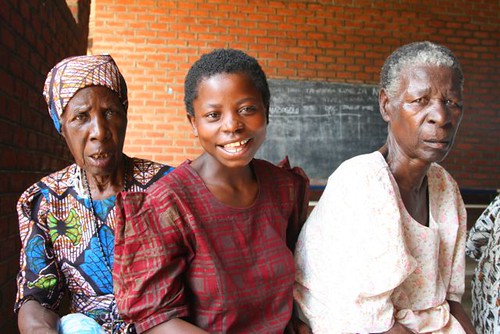
(The older women don’t look too enthused about having their picture taken)
Finally, my dear friend, Cassandra, just left Malawi. We had her going away gathering on Thursday; and I was completely tear-struck having to say good-bye. This year has been tough and I honestly don’t know what I would’ve done without her! The bonds that one forges while working in a developing nation are tight.

(Cassandra and Ann – Cassandra just left Malawi, and Ann is scheduled to leave soon (heading to Uganda)
The international health field is transient with contracts rotating every two years. My entire network of friends is slowly disbanding. Granted, I need to remain optimistic and view this as an opportunity to have close friends in yet more parts of the world!
Cassandra, I wish you all the best in your next endeavor! You will be greatly missed in Malawi…and I do hope you take that job in Ghana! I’ve never been to West Africa 🙂
Sending much love to you all,
Amy
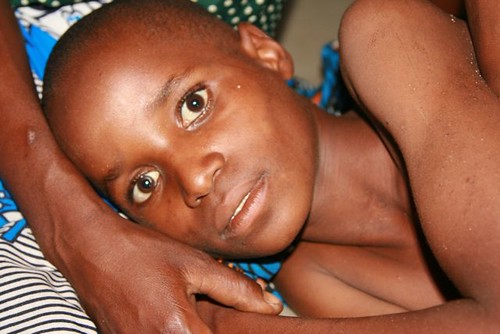
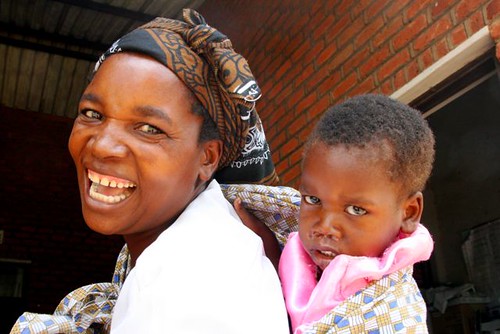
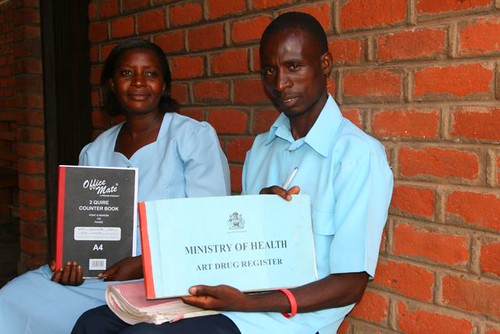


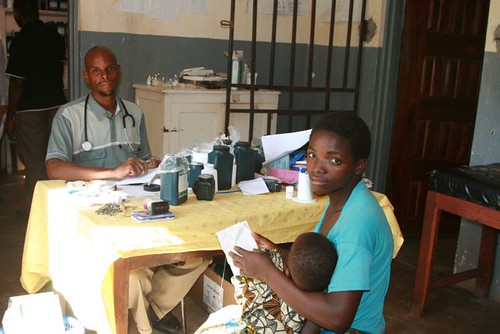




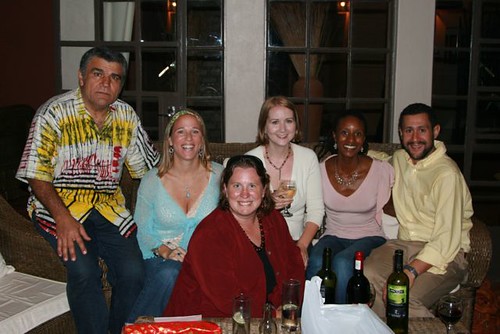

Hi,
Only a few words to alert about the new blog directory for people living abroad, travelers and expatriates: BlogExpat:
http://www.blogexpat.com
This free blog service has become a directory of expat blogs, open to any blog of people living abroad. This is an exciting new feature and you can immediately add your expat/travel blog in the BlogExpat directory and help us grow the community:
http://www.blogexpat.com/en/register.htm
You will get a personal page for the profile of your blog with its latest posts and will be able to reach easily expat, travelleurs, targeted visitors and neighbours who can find you thanks to our Google Maps.
We hope to see you soon on http://www.blogexpat.com.
PS: you can also add our logo with the appropriate colours to your blog here:
http://www.blogexpat.com/en/links.htm
I know this is most likely one of those too-big-to-answer-easily questions, but out of curiosity about what an EDS entails and my own interests, I’d like to ask anyway: Is there a particular piece of software or suite of software that is used in your field for input, reporting, etc.?